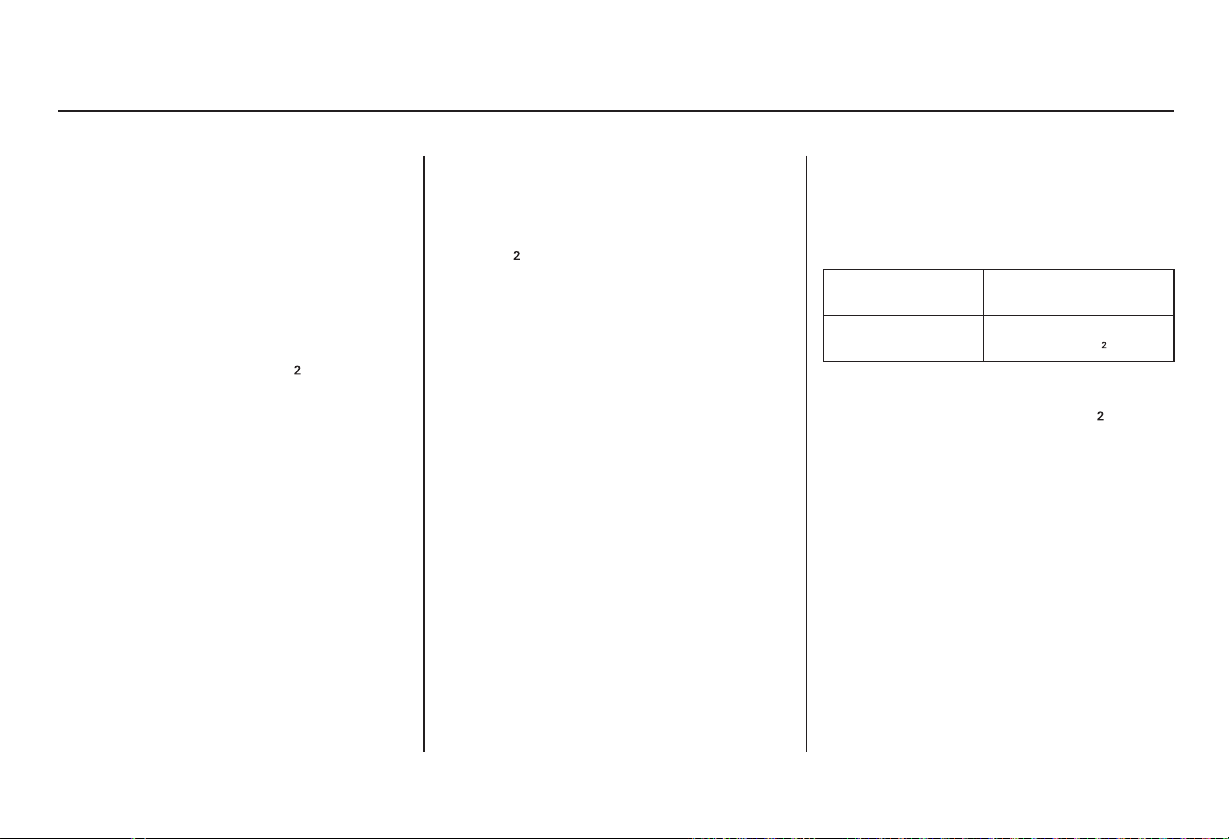Loading ...
Loading ...
Loading ...

The following chart shows the
recommended cold tire pressures for
most normal driving conditions.
Thecompactsparetirepressureis:
For convenience, the recommended
tire sizes and cold tire pressures are
on a label on the driver’s doorjamb.
For additional information about
your tires, see page .
If you check air pressures when the
tires are hot [driven for several miles
(kilometers)], you will see readings 4
to6psi(30to40kPa,0.3to0.4
kgf/cm ) higher than the cold
readings. This is normal. Do not let
air out to match the recommended
cold air pressure. The tire will be
underinflated.
Youshouldgetyourowntire
pressure gauge and use it whenever
you check your tire pressures. This
will make it easier for you to tell if a
pressure loss is due to a tire problem
and not due to a variation between
gauges.
While tubeless tires have some
ability to self-seal if they are
punctured, you should look closely
for punctures if a tire starts losing
pressure.
We recommend that you visually
check your tires every day. If you
think a tire might be low, check it
immediately with a tire gauge.
Use a gauge to measure the air
pressure in each tire at least once a
month. Even tires that are in good
condition may lose 1 to 2 psi (10 to
20 kPa, 0.1 to 0.2 kgf/cm ) per
month. Remember to check the
sparetireatthesametime.
Check the air pressures when the
tires are cold. This means the
vehicle has been parked for at least 3
hours, or driven less than 1 mile (1.6
km). Add or release air, if needed, to
match the recommended cold tire
pressures.
289
Tire Size Cold Tire Pressure
for Normal Driving
Tires
Recommended Tire Pressures
258
60 psi (420 kPa , 4.2 kgf/cm )
32 psi (220 kPa ,
2.2 kgf/cm
)
P235/70R16 104S
Main Menu
Table of Contents
Loading ...
Loading ...
Loading ...